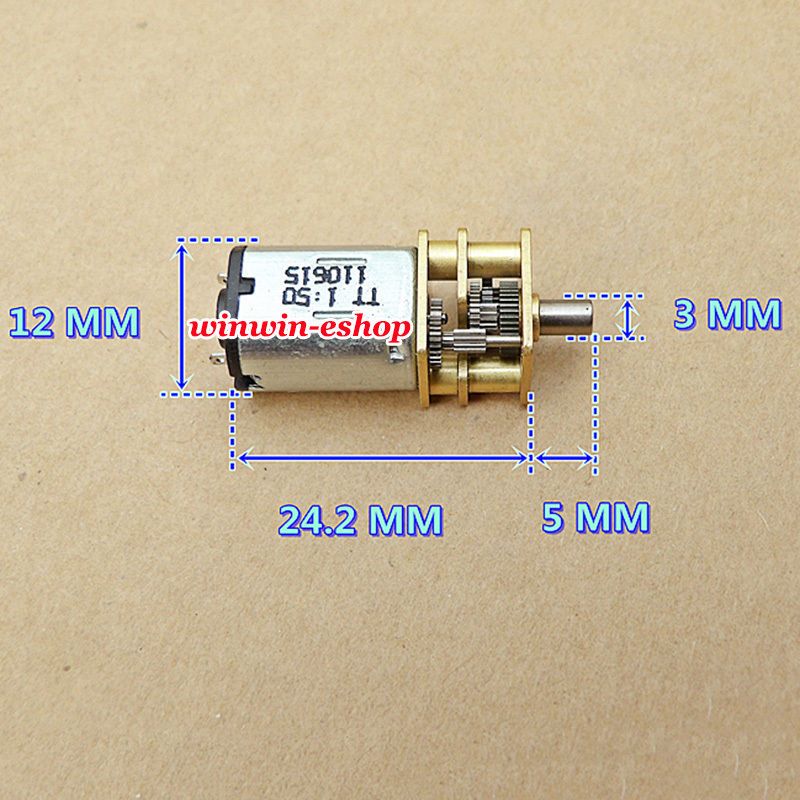Those far more expert than I may wish to comment on the following.
These are purely comments, not arguing for, or against:
Alkaline primary cells seem to have an unfortunate habit of producing corrosion, particularly at the negative terminal. (The corrosion produced by a failed Zinc/Carbon primary cell is even more damaging, if left in situ)
I usually coat the terminals with petroleum jelly, (probably blocking a vent !) before installation to prevent this.
In a multi pack, series connected, I have known one cell to fail, or to go reverse polarity, without apparently affecting the others, except to drop the voltage appreciably.
Secondary cells (rechargeables), have a finite life, in terms of the number of charge/discharge cycles.
The sort of rechargeables in this context are likely to have a fully charged voltage of 1.2 rather than the 1.5 of primary cells, so for 9 volts, you have a choice of seven cells delivering 8.4 volts, or eight, delivering 9.6 volts.
Howard
James Alford.





